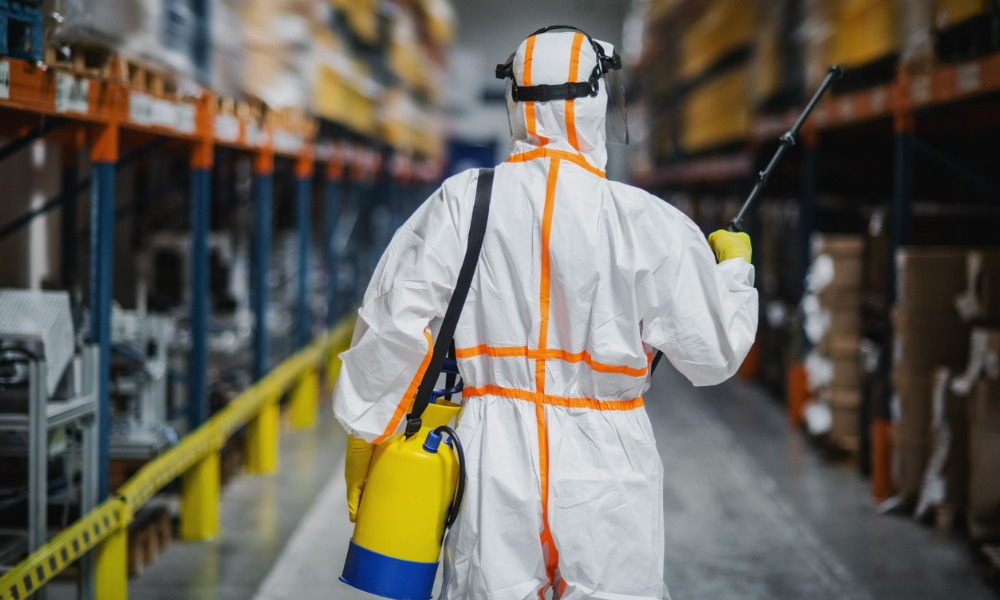Most industries, especially manufacturing, have seen increased cleaning protocols. Hygiene expert explains how pandemic has changed approach

Workplace hygiene and sanitization have been of the utmost importance during the pandemic, with effective cleaning protocols ensuring that workers are kept as safe as possible from catching COVID-19. Most industries have been affected, especially manufacturing.
Nevertheless, implementing such protocols has certainly been a difficult task.
“The onset of the pandemic caused mass global disruption to the ways we work and live," says Trevor Kelley, senior product manager - wipers, Tork. "Lockdowns and shelter-in-place orders kept people at home, forcing enterprises into remote work where possible. Manufacturing, however, remained an essential function. With factories kept open, business leaders had to find a way to maintain productivity without compromising employee safety. It’s a delicate balance, with serious consequences for any business that fails to do so."
Manufacturing sites learned quickly that cleaning everywhere, all the time, was not feasible, says Kelley.
“Instead they had to learn to prioritize efforts for maximum impact such as hand washing and disinfecting and cleaning high-touch surfaces. During a time of uncertainty, finding a partner with the correct expertise and portfolio to recommend and supply the appropriate hygiene solutions for the industry was also difficult,” he says.
Effective cleaning protocols
So how can manufacturers safely and effectively implement proper COVID cleaning protocols amid the pandemic?
For manufacturers, says Kelley, the pandemic has emphasized a critical part of facility management and safety: facility cleanliness.
Indeed, government regulatory agencies strongly recommended businesses enforce two of the most effective ways to prevent the spread of disease: handwashing and surface cleaning.
“[The pandemic] forced decision-makers to rethink their cleaning protocols, including how to implement these policies safely and effectively,” says Kelley.
“One example is strategically placing messaging to remind plant workers when and where they are required to sanitize and wash their hands. Since hands may become dry from more frequent handwashing, consider adding lotion to wash stations throughout your site.”
In addition to handwashing, disinfecting surfaces is key.
“Prioritize high-touch surfaces like door handles, light switches, computers and shared tools. Another tactic is to observe operators during shifts to assess touchpoints and develop a checklist of surfaces that need to be cleaned between shifts,” says Kelley.
He also says that to keep both hands and surfaces clean, businesses should place hand sanitizer stations near these high-touch areas and other common areas.
“Products should always be close at hand to encourage compliance and efficiency. Thinking strategically about the hygienic needs of each workforce will guarantee manufacturers have the proper protocols in place,” Kelley says.
Reopening workplaces
A number of surveys in recent months have highlighted that workers are at least somewhat concerned about cleaning and sanitizing when returning to work.
As such, says Kelley, “it’s important to not only clean, but communicate the procedures taking place. Examples include steps taken to provide proper ventilation, the frequency of which the area is being cleaned, as well as social distancing requirements, if applicable.”
Lastly, hand and surface hygiene, again, is extremely important to maintaining a clean workplace.
Says Kelley: “Bathrooms and common areas should be stocked with soap, hand sanitizer, paper towels, wipers and other cleaning supplies to instill confidence in the workforce and demonstrate management is taking all the necessary precautions to keep them safe.”





